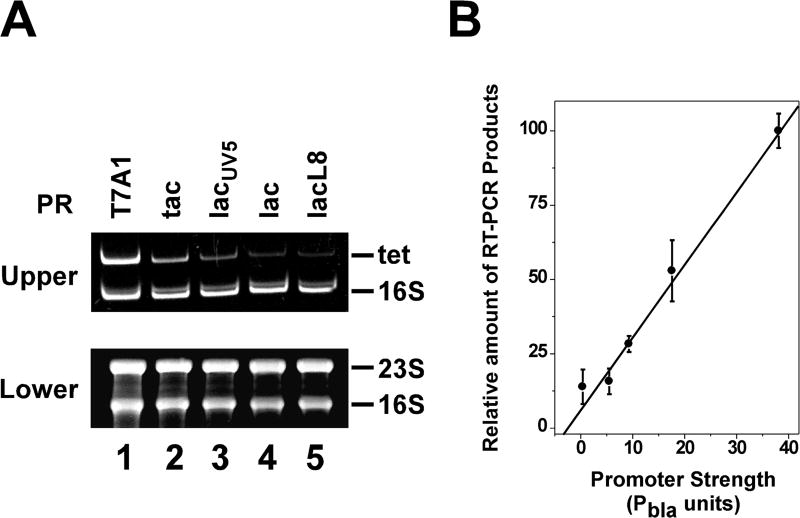Figure 2. RT-PCR analysis of cDNA products of mRNA transcribed from different supercoiling-reporter plasmids pZXD44, 50, 49, 47, and 48 in E. coli topA strain VS111 harboring the linear plasmid pZXD51 after 10 min of IPTG induction (1 mM).
(A) RT-PCR experiments were performed as described under Experimental Procedures. The lower panel is a 1.2% agarose gel containing 1% formaldehyde to show the integrity of the RNA samples used for the RT-PCR experiments. The upper panel is a 12% polyacrylamide gel in 1×TAE buffer to show the PCR products of 16S rRNA and tet gene cDNA synthesized from the RNA samples isolated from E. coli strain VS111 carrying supercoiling-reporter plasmids pZXD44, 50, 49, 47, and 48 after 10 min of IPTG induction (lanes 1–5 respectively). Labels: PR, promoter; T7A1, the T7A1/O4 promoter; tac, the tac promoter; lacUV5, the lacUV5 promoter; lac, the lac promoter; lacL8, the lacL8 promoter. (B) Real-time RT-PCR analyses of the tet gene mRNA for E. coli strain VS111 carrying different supercoiling-reporter plasmids pZXD44, 50, 49, 47, and 48 after 10 min of IPTG induction (mean±SD, three independent experiments). The relative level of RT-PCR products is proportional to the promoter strength. Promoter strength in Pbla units was obtained from ref.(Lanzer and Bujard 1988)

